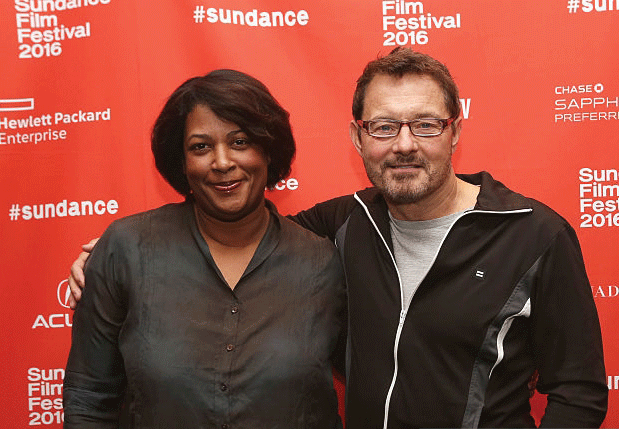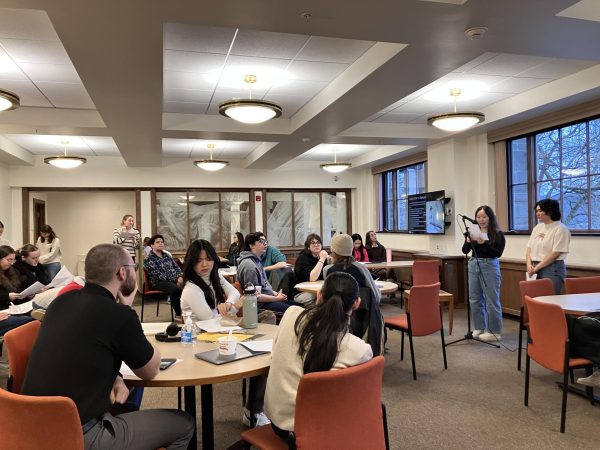Documentary ‘Trapped’ Discusses Current Reality of Abortion Rights
Acclaimed filmmaker Dawn Porter takes on the subject of
abortion in her latest documentary, which won the Special Jury Award for Social Impact Filmmaking at the 2016 Sundance Film Festival. The title of the film, “Trapped,” stems from the TRAP (Targeted Regulations of Abortion Providers) laws passed by many Southern states since 2010. Due to these stringent restrictions, many abortion clinics have shut down, or are at the very least struggling to remain open: in Mississippi for instance, only one such clinic remains.
“Trapped” makes an effective argument against anti-abortion laws, with the use of facts, data and emotion. By focusing in on central people involved, like clinic workers, doctors, patients and lawyers, audiences are able to understand why women choose abortions as well as the injustice of the clinics’ regulations. Many of the clinics’ patients are working-class mothers who simply cannot afford to have more children; one interviewee expressed her unwillingness to bring another child into the world when she knows she will be unable to give all her time and love. A variety of reasons exist, and on a tragic note, some of these patients are young victims of sexual assault.
The requirements needed to satisfy regulations are staggering, as recounted by the subjects of the film. Clinics must spend thousands of dollars on medicines and supplies that are barely ever used, doctors must obtain admitting privileges at hospitals within 30 miles of the clinic, patients must make multiple appointments, and the list goes on and on. And just when it seems that all the requirements have been filled, more are mandated; such laws, the film asserts, really only serve the purpose of trying to rid the state of reproductive health clinics altogether.
The most compelling element of the documentary however, may be the workers themselves. Despite the hardships they face, from zealous protests to government threats, they endure and refuse to give up. Their compassion and conviction of women’s rights is inspiring, and it is difficult to believe anything other than that they are truly doing the right thing as they believe. Even as available doctors become fewer and the number of patients skyrockets, they do the best they can to make it work, and are heartbroken that they cannot do more. Instead of condemning those who choose abortions, the film emphasizes that people must judge less and be more accepting.
“Trapped” closes with the Supreme Court’s agreement to try Whole Woman’s Health v. Hellerstedt, which will determine whether individual states can outlaw abortion altogether by creating so many obstacles. In June of this year, the Supreme Court ruled in favor of Whole Woman’s Health, a victory for those fighting to deem abortion, for the sake of millions of American women, safe and legal. Currently, the future of reproductive rights does not look too bright, but if the 2016 presidential election has taught us anything, it is that outcomes are sometimes unpredictable.







